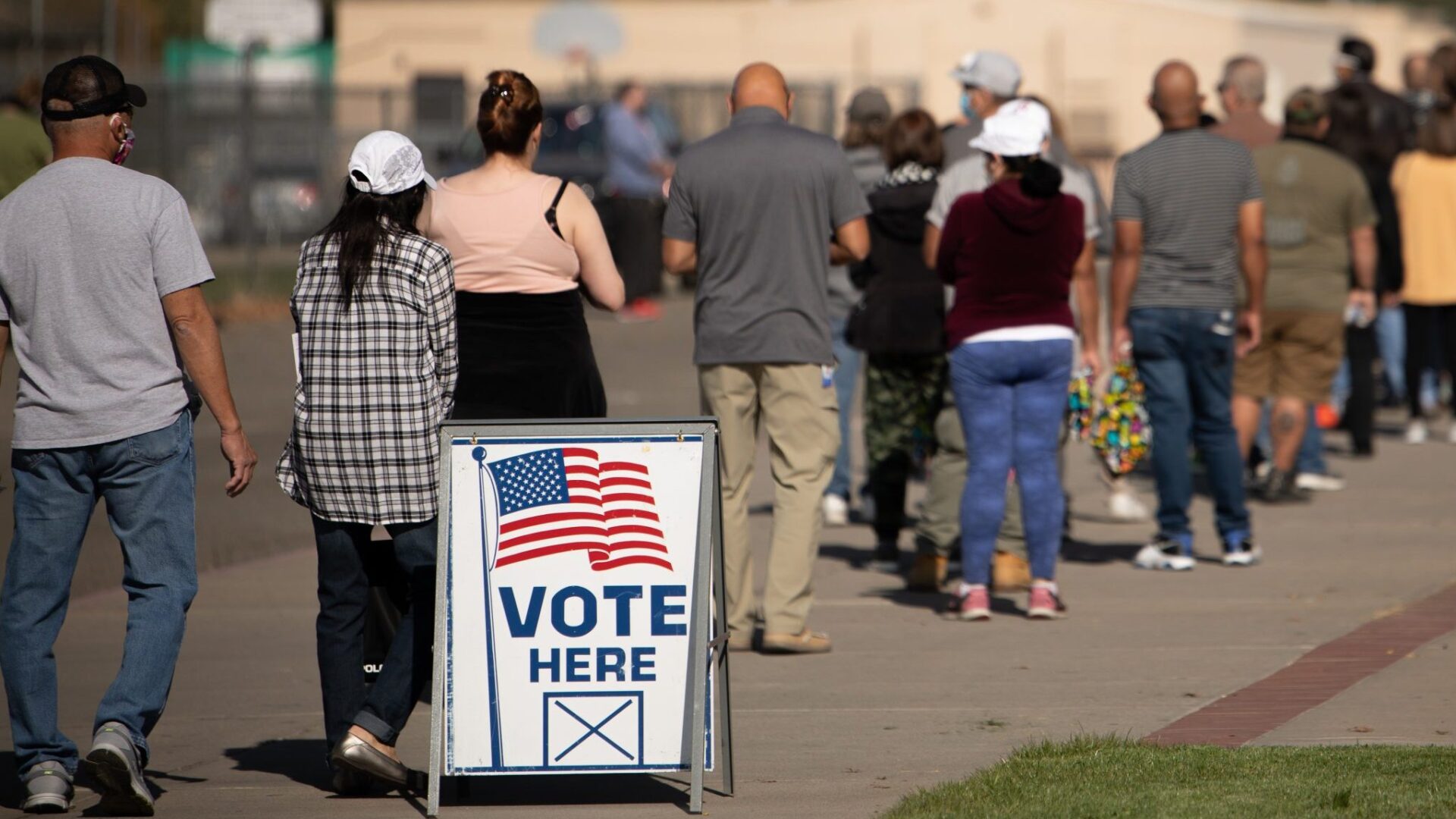The Math Behind the Numbers
In the complex world of international trade, numbers can sometimes create more confusion than clarity. Recently, a White House statement mentioning 245% tariffs on certain Chinese goods sent economic analysts scrambling for their calculators and left Beijing officials scratching their heads.
But don’t worry – you don’t need an economics degree to understand what’s happening here. The White House clarified that this 245% figure isn’t actually a new tariff rate, but rather the cumulative effect of existing tariffs (up to 100% from previous administrations) plus the new 145% tariffs implemented under President Trump’s recent executive order.
Products Feeling the Tariff Weight
Some products are bearing the brunt of these layered tariffs more than others. Electric vehicles and syringes, which already faced 100% tariffs during the Biden administration, are now subject to the additional 145% tariffs – bringing their total to that eye-popping 245% figure.
The tariff structure isn’t uniform across all Chinese imports. Before Trump’s recent actions, Chinese goods already faced tariffs ranging from 7.5% to 100%. The new measures added a 125% tariff on various Chinese goods and a separate 20% tariff specifically designed to pressure China on fentanyl enforcement.
The Ball in China’s Court
According to White House statements, the administration believes the next move belongs to China. As Press Secretary Karoline Leavitt relayed President Trump’s comments: “The ball is in China’s court. China needs to make a deal with us. We don’t have to make a deal with them.”
When asked about the 245% figure, Chinese Foreign Ministry spokesman Lin Jian deflected, suggesting reporters “take this number to the U.S. side for an answer.” It seems both sides are engaged in a diplomatic dance where neither wants to make the first move. This kind of economic tango has significant implications for global trade, consumer prices, and international relations.
What This Means for Markets and Consumers
For businesses and consumers, these escalating tariffs create a ripple effect throughout the economy. When importers face higher costs to bring Chinese goods into the United States, they typically pass those costs down to consumers.
Your favorite gadgets, household items, and even medical supplies might see price increases as companies adjust to these new trade realities.
For investors, market sectors heavily dependent on Chinese imports may experience volatility as they navigate these choppy trade waters. It’s worth keeping an eye on your portfolio if you’re invested in industries with significant exposure to Chinese supply chains.
Remember, in the world of international trade, what happens in Washington and Beijing doesn’t stay there – it eventually makes its way to Main Street.
Contact us today through our website or WhatsApp to discover how we can help you achieve success in the United States. Together, we can turn dreams into reality.
Information source: usatoday.com



